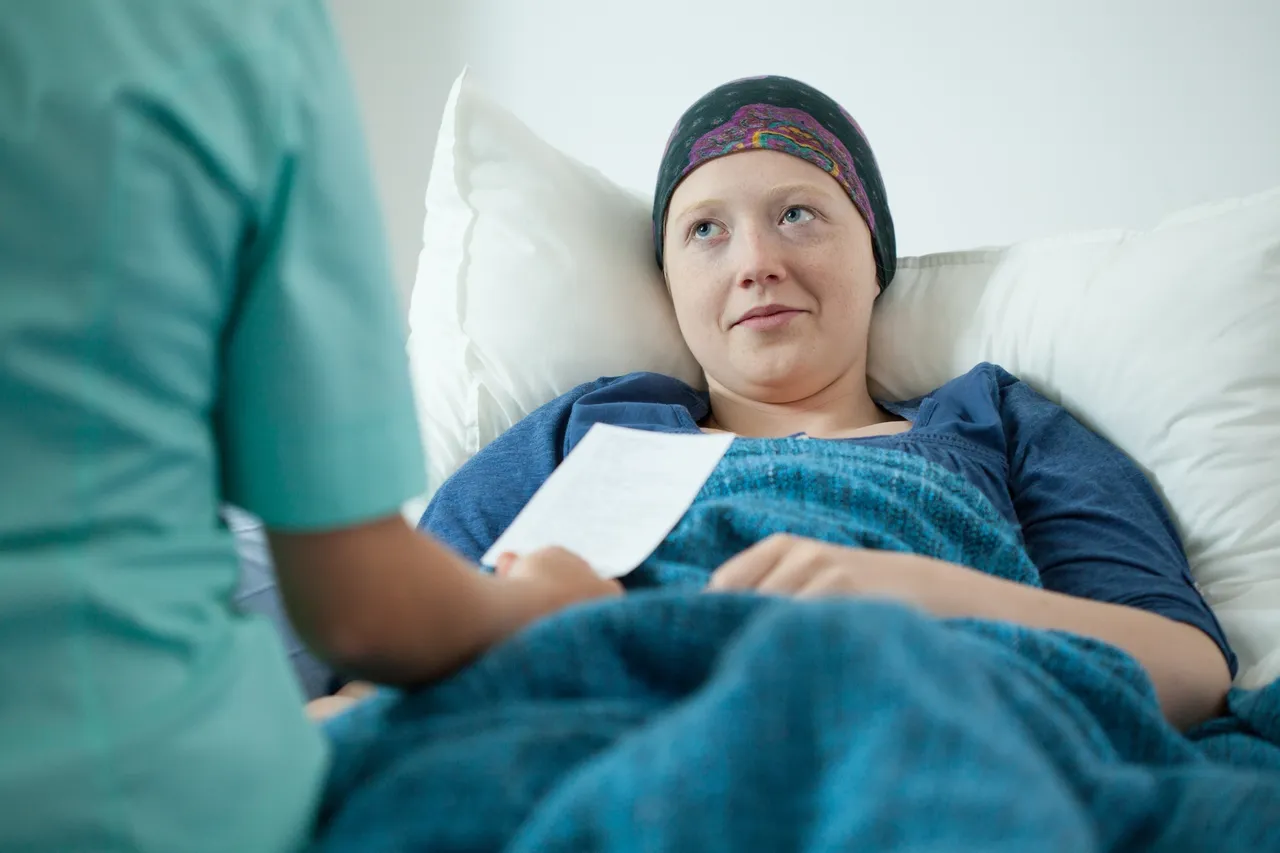
The introduction of Platelet-Rich Plasma (PRP) into orthopedic practice represents a pivotal move towards harnessing the body’s intrinsic repair mechanisms to treat musculoskeletal pathology. This approach, which involves concentrating a patient’s own platelets and injecting the resulting product into the site of injury, has gained significant traction by offering a biological alternative to traditional steroid injections or, in some cases, a potential delay to surgical intervention. The theoretical underpinning of PRP is compelling: platelets are not merely clotting agents; they are complex biological depots housing a vast array of growth factors, cytokines, and signaling molecules vital for initiating and regulating the entire spectrum of tissue healing, from inflammation to remodeling. However, the enthusiasm surrounding PRP in orthopedics is tempered by a complex reality marked by variability in preparation methods, a heterogenous body of clinical evidence, and a continuous search for standardized protocols that can reliably predict therapeutic success. Its standing within modern sports medicine and joint preservation is therefore one of immense potential that is still being rigorously defined through ongoing research.
The theoretical underpinning of PRP is compelling: platelets are not merely clotting agents; they are complex biological depots housing a vast array of growth factors.
At the cellular and molecular level, the mechanism of action for PRP is complex and multifaceted, extending far beyond the passive delivery of growth factors. When concentrated platelets are activated at the injury site—a process often triggered by tissue trauma or the addition of an exogenous agent—they release a potent cocktail from their alpha granules. This release includes key components such as Platelet-Derived Growth Factor (PDGF), Transforming Growth Factor-Beta (TGF-), Vascular Endothelial Growth Factor (VEGF), and Insulin-Like Growth Factor-1 (IGF-1). These factors initiate a highly orchestrated biological response by acting as chemoattractants to recruit local progenitor cells and mesenchymal stem cells to the area, stimulating cellular proliferation, enhancing angiogenesis (new blood vessel formation), and promoting the synthesis of the extracellular matrix, particularly collagen. This cascade of events aims to transform a chronic, stalled healing process, common in many tendon and ligament injuries due to their limited vascularity, into an active, regenerative state, thereby promoting tissue repair that is structurally superior to scar tissue alone.
These factors initiate a highly orchestrated biological response by acting as chemoattractants to recruit local progenitor cells and mesenchymal stem cells to the area.
One of the most clinically relevant applications of PRP in orthopedics is the management of tendinopathies, particularly chronic conditions like lateral epicondylitis (tennis elbow), Achilles tendonitis, and patellar tendonitis. These injuries are often characterized by failed healing attempts, leading to a degenerative process rather than a true inflammatory one. Corticosteroid injections, the historical mainstay for temporary relief, can offer rapid short-term pain relief but may be detrimental to the long-term structural integrity of the tendon. In contrast, PRP is theorized to address the underlying pathology by stimulating tenocyte proliferation and enhancing collagen fiber synthesis and organization. While the clinical evidence is not universally uniform—some studies have shown clear superiority over placebo or corticosteroids, while others show parity—a significant body of data suggests that PRP offers a durable, sustained reduction in pain and improvement in function for these recalcitrant chronic tendon problems, outperforming non-biological injections in certain specific tendon contexts over the long term.
In contrast, PRP is theorized to address the underlying pathology by stimulating tenocyte proliferation and enhancing collagen fiber synthesis and organization.
The use of PRP for the treatment of osteoarthritis (OA), a widespread degenerative joint disease, has attracted considerable attention as a joint-preserving strategy. The rationale here is two-fold: PRP acts both as an anti-inflammatory modulator within the synovial joint environment and as a potential anabolic stimulus for damaged cartilage. The growth factors within the plasma may help to shift the intra-articular chemical milieu from a catabolic (breakdown) to an anabolic (building up) state, reducing the chronic, destructive inflammation that characterizes OA. Furthermore, it is hypothesized that the factors may stimulate the proliferation and differentiation of chondrocytes, the cells responsible for maintaining cartilage health, or mitigate the effects of mechanical stress on the existing cartilage matrix. Clinical data, particularly for mild-to-moderate knee OA, often indicates that intra-articular PRP injections provide pain relief and functional improvement that is comparable to, or sometimes superior to, hyaluronic acid injections, with benefits that can persist for up to 12 months.
The rationale here is two-fold: PRP acts both as an anti-inflammatory modulator within the synovial joint environment and as a potential anabolic stimulus for damaged cartilage.
Despite its promising biological basis and encouraging patient outcomes in several niche areas, the clinical adoption and interpretation of PRP efficacy are significantly complicated by a profound lack of standardization. Unlike pharmaceutical drugs, which adhere to rigid manufacturing protocols, PRP is an autologous, biological product, meaning its final composition is influenced by a multitude of variables. These variables include the patient’s own physiological status (age, overall health, medication use), the volume of blood drawn, the specific commercial device used for processing, the number and speed of centrifugation cycles, and whether the final product is activated before injection. Consequently, the resulting PRP preparations can vary drastically in their critical components, namely the concentration of platelets, the presence or absence of white blood cells (leukocytes), and the total concentration of growth factors. This inter- and intra-patient variability creates a “moving target” that makes it exceedingly difficult to compare the results of different clinical trials and establish universally accepted, reproducible treatment guidelines.
This inter- and intra-patient variability creates a “moving target” that makes it exceedingly difficult to compare the results of different clinical trials and establish universally accepted, reproducible treatment guidelines.
The composition of the PRP preparation, specifically the presence or absence of leukocytes, has emerged as a critical differentiator in determining clinical utility. Leukocyte-Rich PRP (LR-PRP) contains a high concentration of white blood cells, which contribute to an early, pronounced inflammatory response due to the release of pro-inflammatory cytokines, making it potentially advantageous for chronic tendon or ligament injuries that require a robust healing kick-start. Conversely, Leukocyte-Poor PRP (LP-PRP) contains minimal white blood cells, and the resulting injection is generally less inflammatory, an important consideration when treating intra-articular conditions like osteoarthritis, where excess inflammation is precisely what the treatment is attempting to mitigate. The choice of which formulation to use is a nuanced decision that the orthopedic physician must make based on the specific tissue pathology—tendon, ligament, or joint—underscoring that PRP is not a monolithic product but a family of biological agents.
The composition of the PRP preparation, specifically the presence or absence of leukocytes, has emerged as a critical differentiator in determining clinical utility.
Another pivotal role for PRP lies in its potential as an adjunct to orthopedic surgery, a setting where its application is more controlled and the biological demand for enhanced healing is acute. In procedures such as rotator cuff repair, ACL reconstruction, or meniscal repair, PRP can be applied directly to the surgical site to potentially augment the healing environment. The hypothesis is that the high concentration of growth factors can accelerate the structural integration of the repaired tissues, such as tendon-to-bone or ligament-to-bone junctions, which are often the weak links in post-surgical recovery. While evidence in this area is also evolving, the concept of intraoperative biological augmentation is an appealing one, offering a low-risk method to potentially enhance the overall success and resilience of complex surgical reconstructions, particularly in tissues known for their poor innate healing capacity.
The hypothesis is that the high concentration of growth factors can accelerate the structural integration of the repaired tissues.
The orthopedic community is increasingly recognizing that the efficacy of PRP cannot be dissociated from the physical medicine component of rehabilitation. A PRP injection is not a magic bullet; rather, it is a biological catalyst designed to initiate or enhance a healing cycle. For this process to translate into meaningful functional recovery, it must be supported by a structured, progressive physical therapy regimen. The early, post-injection period requires relative protection to allow the initial biological phase to progress, followed by a gradual increase in controlled loading and exercise to promote the proper alignment and maturation of the newly forming collagen fibers. The timing and intensity of this rehabilitation protocol must be carefully coordinated between the physician and the physical therapist, acknowledging that the biological healing timeline initiated by the PRP may differ from standard post-injury protocols.
The timing and intensity of this rehabilitation protocol must be carefully coordinated between the physician and the physical therapist.
Future directions in the research surrounding PRP in orthopedics are focused intensely on demystifying the preparation variability and establishing true dose-response curves. Large-scale, methodologically robust randomized controlled trials are urgently needed, but they must be conducted using a prospectively defined, fully characterized PRP formulation—meaning the platelet and leukocyte concentrations, along with the activation protocol, must be known and reported. Beyond standardization, researchers are exploring combination therapies, such as using PRP in conjunction with mesenchymal stem cells or scaffolds, to further amplify the regenerative potential. The ultimate goal is to move PRP from a treatment governed by empirical experience and generalized optimism to one rooted in biomarker-driven, personalized medicine, where the precise biological needs of a specific injury can be matched with a precisely tailored autologous product.
The ultimate goal is to move PRP from a treatment governed by empirical experience and generalized optimism to one rooted in biomarker-driven, personalized medicine.
The orthopedic physician, therefore, must navigate the current landscape of PRP with an informed and cautious optimism, utilizing it selectively in patients who have failed conservative measures for well-defined pathologies where the evidence is most compelling. The utility of PRP in musculoskeletal care is defined by its ability to transition chronic conditions from a state of degenerative breakdown back to an active healing phase. The continued refinement of preparation techniques and the maturation of high-quality evidence will ultimately clarify its definitive place, establishing it as a routine, evidence-based tool for non-surgical joint and soft-tissue preservation.
